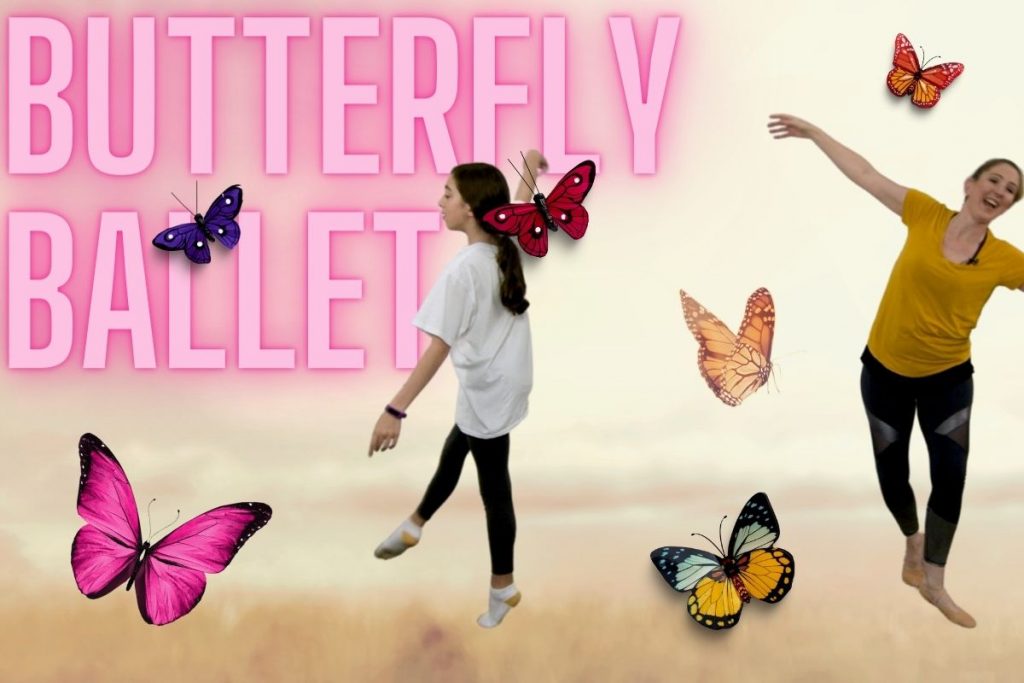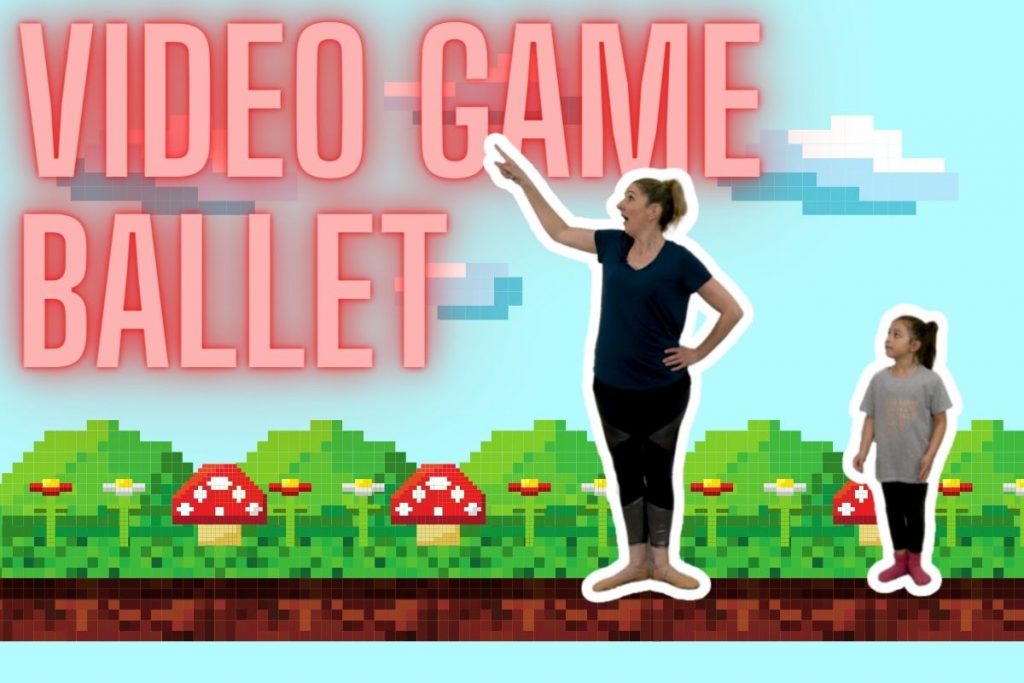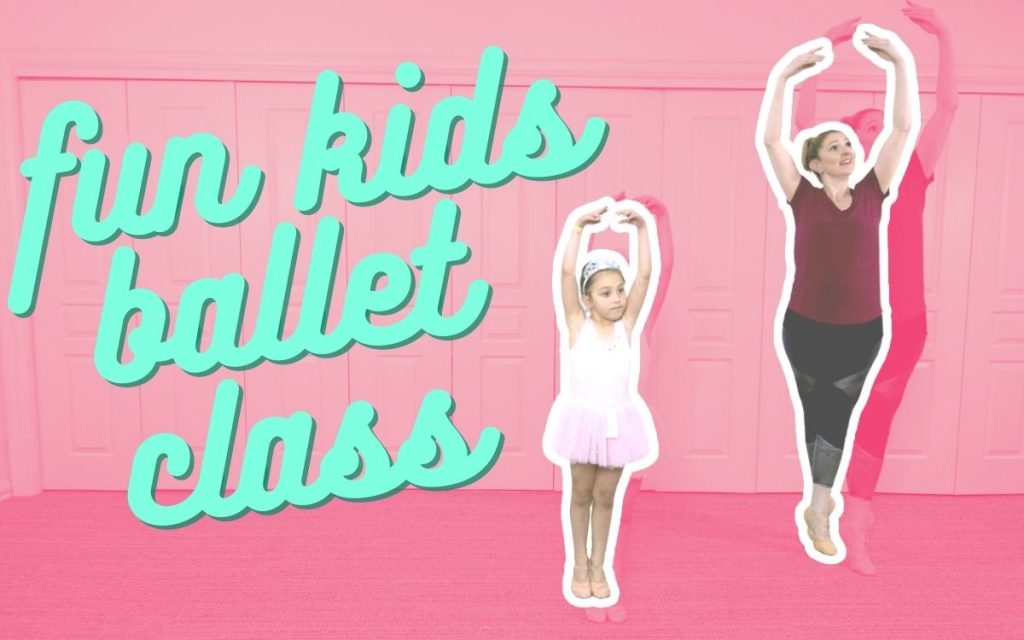Arrrggggghhhh me matey!
Are your kids into everything pirate at the moment or are you just looking for something engaging to get your preschooler, toddler, or even school-aged kid moving and dancing at home? Why not try this 15 minute Pirate Ballet dance lesson which will not only get them moving but will engage their imagination while they learn a few basic ballet steps at the same time!
Click here to go straight to a playlist on Youtube of dance classes by Move Dance Learn. Don’t forget to subscribe to get notifications as the library is growing every week!
Or you can check out these other ballet creative movement dance classes!
Breakdown of Ballet Terms used in this lesson and helpful information:
What is a Plie in ballet?
A plie is a bend of the knees in any position. This means that you can plie with your feet together or hip width apart. You can plie when your feet are in a parallel position facing one direction or when they are turned out so that the heels touch together and the toes point outwards. You can plie in any position – even cross legged I guess!
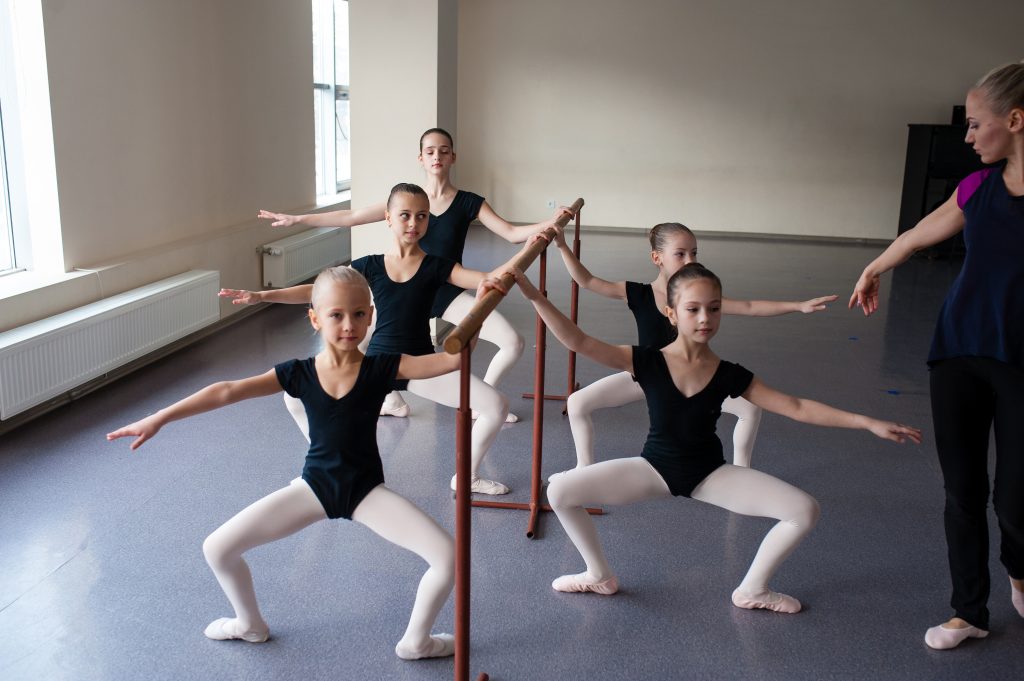
In ballet specifically, a plie will generally mean you are bending your knees in one of the five feet positions and there are two types. A demi plie and a grand plie. A demi plie is a half bend of the knees – not going as far down as you can and generally means you do not lift your heels off the floor. A grande plie is a big or full bend where you bend your knees as much as you can, in most positions lifting your heels (you keep them down in second position) without letting your bottom and hips go below the height or level of your knees – this means you don’t go so far down that your bottom touches your feet or the floor.

In a ballet you will also generally plie in a turned out position. Turn out originates from the ball and hip socket right up the top of the leg, and travels to the tips of the toes. You do not just turn out your feet, you turn out your whole leg! For little kids you will usually ask them to make a pizza shape with their feet, heels together and toes pointed outwards, and although you are asking them to turn their toes outwards as they understand this literally, it is good to start using the language of turning out from our hips to develop this learning and understanding.
What is a tendu in ballet?

A tendu in ballet means to stretch out the leg so that only the tip of the toe is left to touch the floor. I grew up learning and knowing this movement as a degage – which means to disengage so depending on the method, syllabus and style of ballet you might have heard either be used.
A tendu can again be done in nearly any position of the feet, parallel or turned out, but generally during ballet class we work on tendus in a turned out position.
When doing a tendu we should focus on keeping our leg turned out and our hips square and straight to the front. We need to transfer our weight onto our supporting leg and there should be no weight placed on the toe that is left pointing on the floor. When pushing our foot out to a pointed position it should be straight and we are pressing into the floor and slowly going through every muscle of the foot to the pointed position. It is important to keep the heel pushed forwards as well to prevent a sickled foot.
What is the First position of the feet in ballet?

First position of the feet in ballet is the aptly named as it is also the first position taught to children learning ballet. In this position a dancer keeps their heels together whilst turning their toes out towards each wall. This sounds easier than it is, as you are not meant to turn out from your ankles, rather you are meant to focus on turning out your whole leg from the ball and socket joint of your hip and the result of this is that your toes will point outwards. This is very important as dancers who turn out from their ankles put pressure on their ankle and knee joints which can lead to injury.
What is Bras Bas position of the arms in ballet?
Bras bas is the preparatory or beginning position of the arms in ballet before they move into any of the other five more common positions of the arms.
Bras bas is also known as fifth en bas, de depart, preparation, au repos, premiere en bas or preparatory position depending on which syllabus or school or training you go by.

When in bras bas, the arms are rounded and the palms of the hands face upwards as they almost rest along the legs. Fingers are long and follow the curve of the arm to create an oval shape from the shoulders to finger tips. Some people tell children to think of holding a ball in their arms or making a basket shape with their arms and from their to extend their elbows slightly to elongate the shape.
What is a Spring Point in ballet?:
Spring points are a basic step that are taught in the first years of ballet lessons. Basically you spring onto a bent knee on your supporting leg which is also turned out with the other leg straight ahead of you placed gently onto the floor, pointed in a turned out position. It is easier to show you exactly what a spring point is rather than write out how to do them and here is a video by an expert – the former director and principal dancer for the Australian Ballet David McAllister.
What is a Saute in Ballet?
A saute is a simple jump in ballet. You begin in any of the five turned out ballet positions, bend your knees in line with your toes ensuring that you do not lean forwards or backwards and spring into the air landing in one of the five positions of ballet, with bend knees and an upright torso. Again here is David McAllister former director and principal dancer with the Australian Ballet giving you some tips on how to do jumps and sautes in ballet.
LINKS TO THE SCHOOL CURRICULUM
Having been a teacher in Australia with a Bachelor of Education (Primary), I am always looking at ways to creatively teach children and regularly used dance and movement in my classroom to enforce learning of concepts and material we were learning about in different areas of the school curriculum.

The following are some links and connections that can be made from this creative dance lesson to other areas of learning!
Mathematics or Arithmetic
- Count forwards or backward as you do ballet walks, plies, or sautés or any other ballet step or exercise.
- Count how long you can balance on one leg or in a ballet pose such as an arabesque or retire.
- Measure the length of your jete or ballet leap.
- Measure your height when on flat feet and en releve (to rise) and work out the difference.
- Use a ballet ribbon to measure objects around the house – which ones are shorter or longer than your ribbon.
- Collect Data and make graphs about ballet and dance – ask your family if they like ballet, ever took a class, have seen a ballet.
- Read a book about dance that encourages numeracy and counting – you can find some of these in this article on Dance Parent 101

English and Literacy
- Create your own ballet or dance alphabet book – you could take photos of your child doing the movements to include in the book with the letters for example P is for Plie.
- Use ballet and dance terminology in a spelling list.
- Create handwriting tasks using ballet and dance terminology.
- Create a list of adjectives to describe how we move our bodies in ballet – graceful, elegant, smooth, etc…
- Create a list of verbs to describe how we move in ballet – leap, soar, bend, etc…
- Write or tell a Recount about doing your online ballet lesson or a dance class you have taken.
- Write a narrative or fictional story about ballet or dance.
- Research and then write a report about the history of ballet or a famous ballet dancer.
- Write an argumentative or persuasive essay to convince others about the benefits of ballet and why they should start taking lessons.
- Read stories about dance and ballet.
Science
- Learn the names of the different body parts we use doing various steps in ballet.
- Study the muscles, joints, ligaments etc… and how they move when we dance.
- Explore and learn about the best ways to strenghen and stretch the human body.
- Investigate forces such as push and pull and how these forces affect how our bodies move when we dance.
- Study gravity and how his affects how high we can leap and jump in ballet.
Social Studies/History/Geography
- Explore different ballet syllabuses and ways of learning and teaching ballet.
- Study the history of ballet and dance.
- Investigate maps and locations in relation to the history of ballet or where major ballet companies, schools and theatres are located around the world.
- Learn about the history of dance in different cultures.
Art and Craft
For some great Dance based craft ideas head to my article on Dance Parent 101
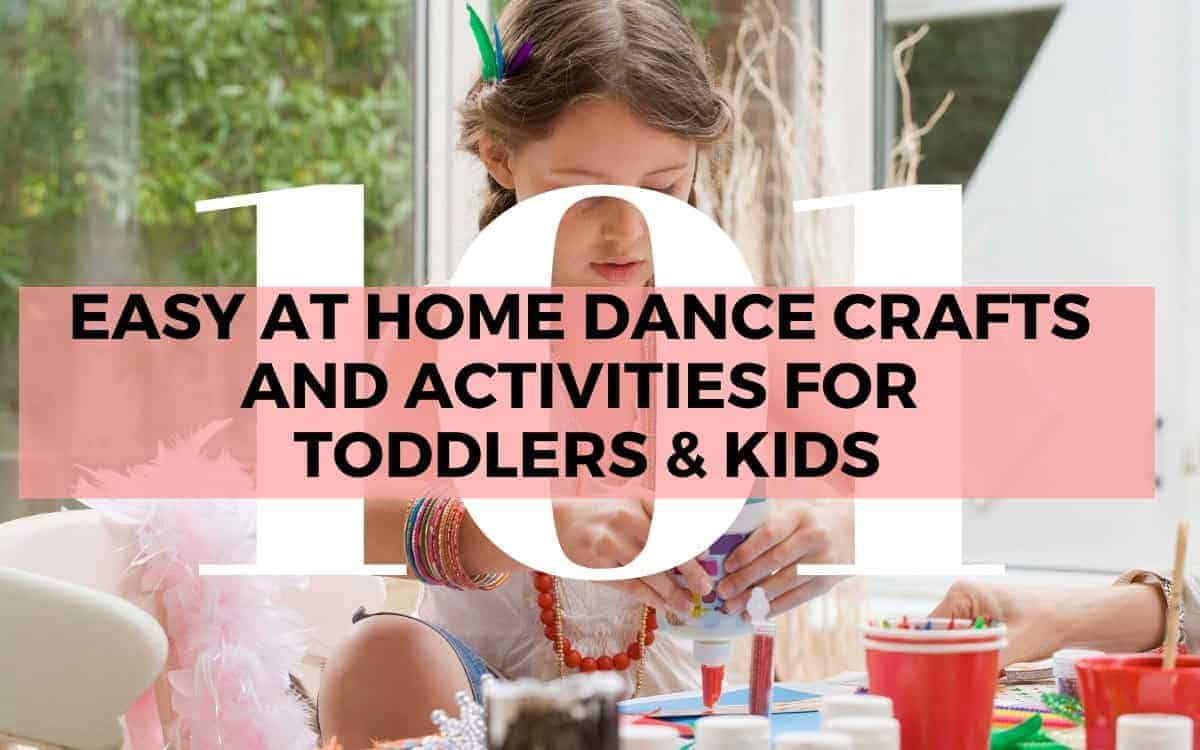
Recent Posts
Here at Move Dance Learn, we create dance videos for kids. We have so many to offer, but thought we would put together a list of our top ten dance tutorials for kids to make them easy for you to find...
Here at Move Dance Learn, we create dance videos for toddlers, preschoolers and kindergartners. We have so many to offer, but thought we would put together a list of our top ten dance videos for...

